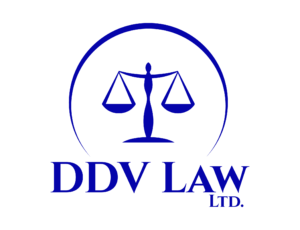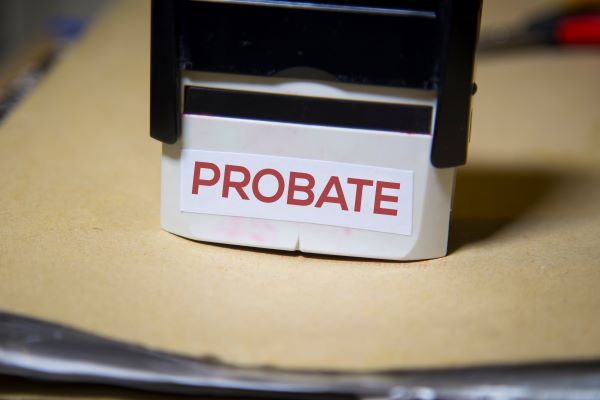There is no doubt that losing a close relative is one of the most emotionally taxing events you will ever experience. In addition to the emotional aspect of loss, there is the stress of handling the deceased person’s estate and affairs. This part can be especially overwhelming. The process of proving to a probate court that the deceased’s last will and testament is valid and then administering their estate can be confusing and intimidating. This process is called the probate process, or, simply, probate. There are four basic steps in the probate process.
Step One: Filing with the Court
The first thing to do after a loved one passes away is to find out if they made and signed a last will and testament, usually referred to as a will. If they had a will, the person named as the personal representative, also known as an executor, needs to file a petition with the probate court in the county where the deceased lived. The petition asks the court to formally appoint the executor to act on behalf of the deceased person’s estate.
All the deceased’s heirs and beneficiaries must be notified that the petition has been filed and be allowed to object to the petition or challenge the will. Some states require the petition to be published in a local newspaper of record to also notify potential creditors.
If the deceased person left no will, a petition must be filed in the appropriate probate court by the person seeking to be appointed the estate’s executor. Once the court has appointed an executor, all the legal heirs must be notified of the appointment, and the administration of the estate.
Step Two: Identifying Assets and Debts
After the probate court has appointed the executor, they must identify and disclose all the estate’s assets with a valuation. Assets can include real estate, automobiles, boats, personal property, cash, bank accounts, investments, and intellectual property. The executor has legal control over these assets. If the deceased set up a trust during their lifetime and funded it with assets, those items would be excluded from the probate process and distributed according to the trust’s instructions.
The executor must notify all known creditors of the estate proceeding and must disclose all known debts to the court. Creditors have a specific amount of time to file claims against the estate.
Step Three: Paying the Estate’s Debts
The executor may be required to use the estate’s assets to pay off valid debts, which can include loans, mortgages, credit cards, and utility bills. A final tax return must be filed for the deceased person, and any taxes owed must be paid from the estate’s assets. However, very often, debts do not seem to be valid and are not approved by the executor or the probate court, in which case, they do not need to be paid.
However, if there are valid debts and if enough liquid funds are not available to pay all the estate’s debts, then the executor must sell some of the assets to pay off the debts.
Step Four: Distributing the Estate’s Assets
After all the estate’s debts have been paid, the executor distributes the remaining assets according to the will. If the deceased left no will, then the executor distributes the assets according to state statutes.
Depending on how complex and involved the estate is and how much of a backlog the probate court has, the probate process can take from seven months (the statutory minimum) to years to complete. When choosing the person you want to act as your executor, you will want to pick someone who has good attention to detail, is thorough, and will follow through with the process. It is a good idea to hire an experienced estate planning attorney to help you draft your will and other estate planning documents. They will have all the documents required to support your family members during probate.
This article offers a summary of aspects of estate planning law. It is not legal advice and does not create an attorney-client relationship. For legal advice, you should contact us today at 312-878-0155.

